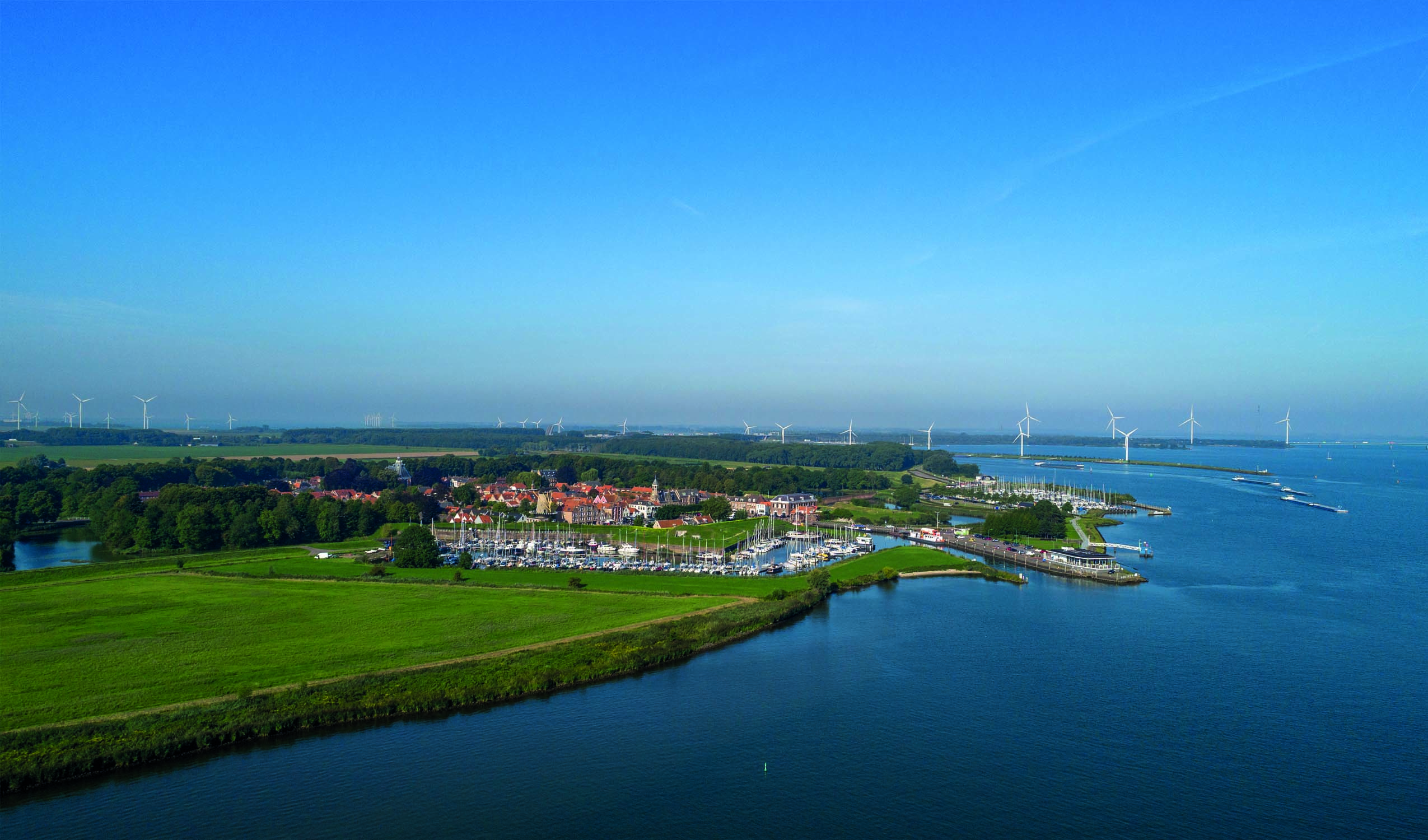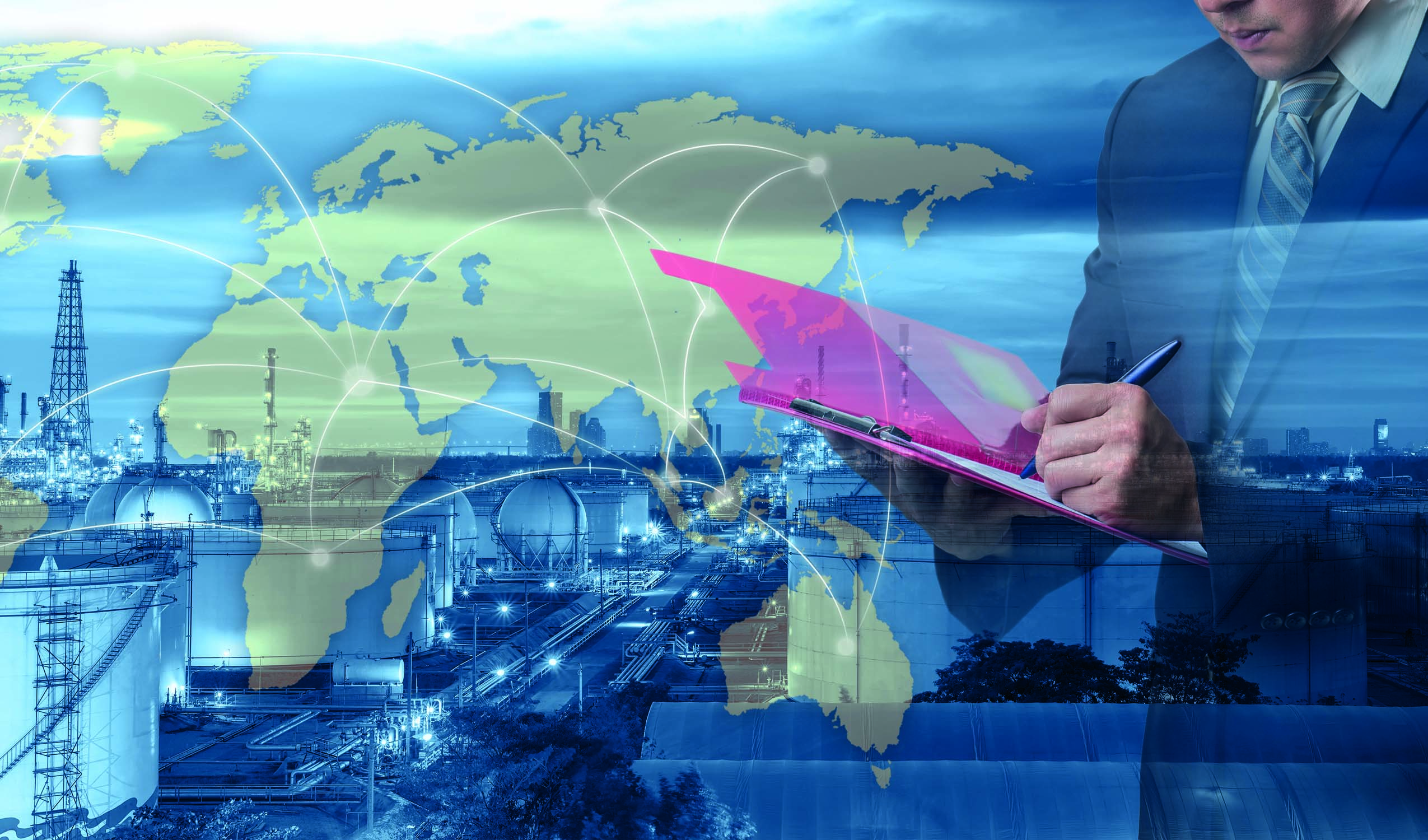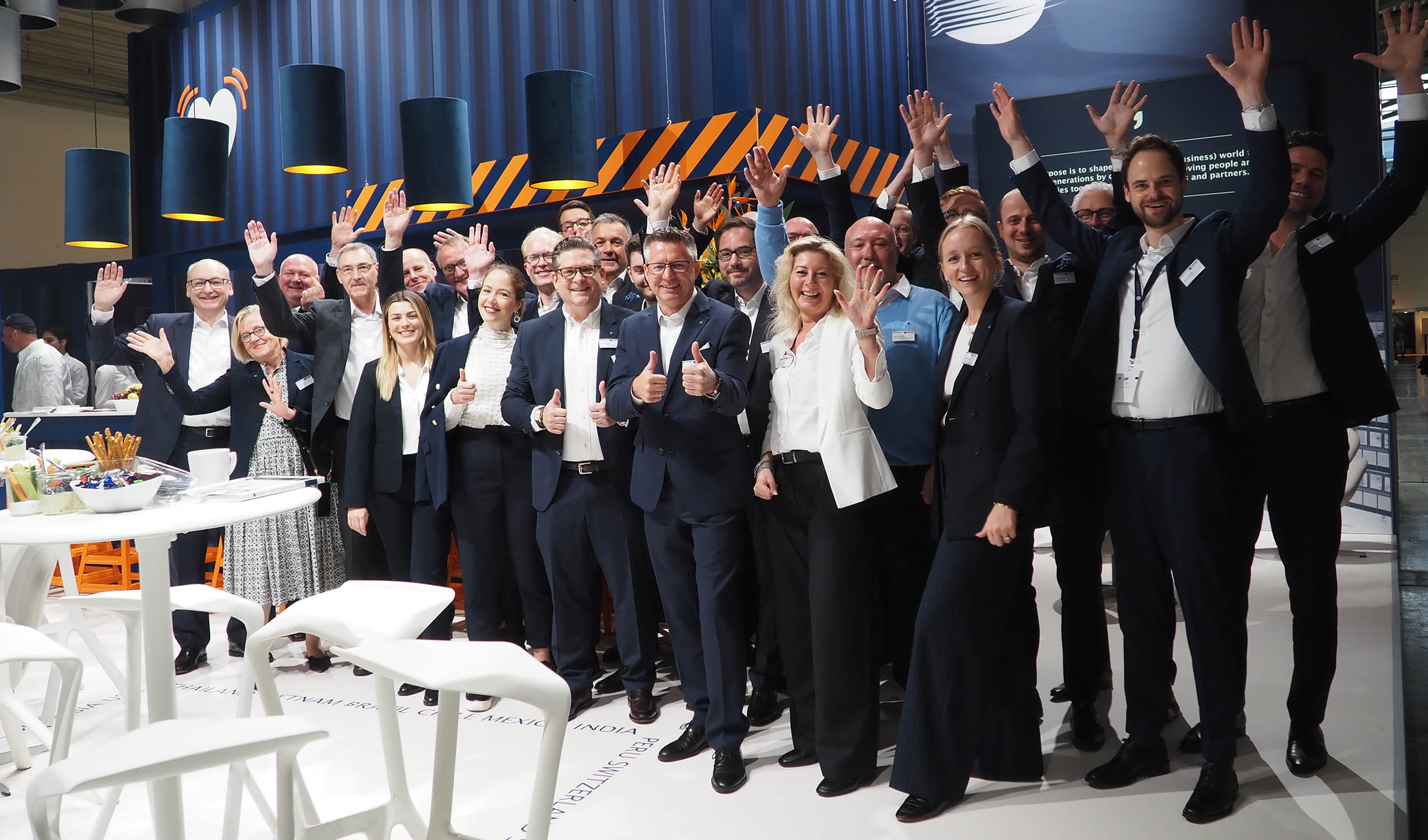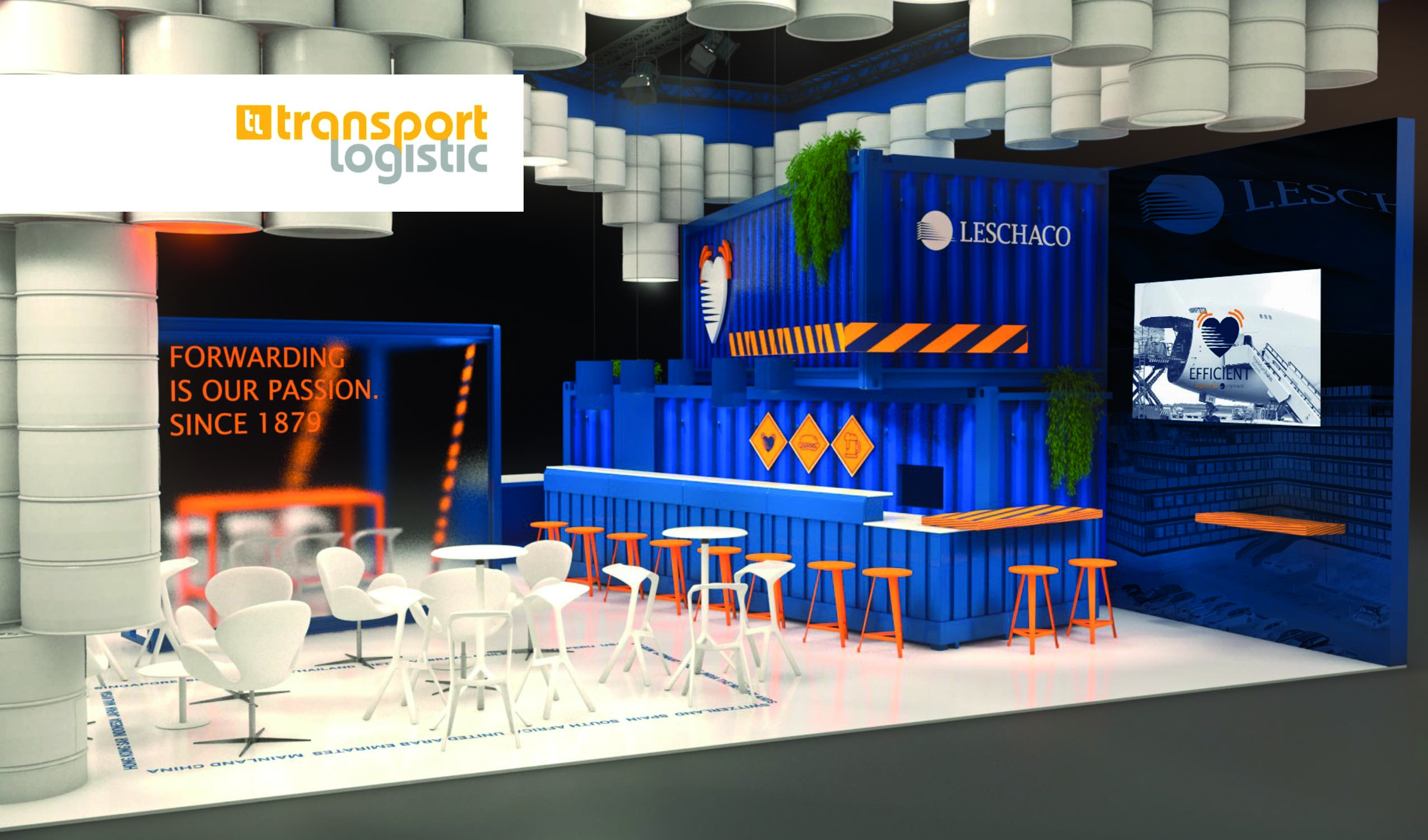The Leschaco Dangerous Goods Logistics Blog
Dangerous goods logistics is a matter of trust. Because dangerous goods logistics not only requires extensive knowledge and experience, but also a sense of responsibility for people and nature.
Advances in natural science, and chemistry in particular, have significantly raised our standard of living in recent decades. At the same time, the number of registered industrial chemicals has more than tripled in the last 20 years. Today, about 350,000 different substances are produced artificially. Scientists assume that there are around 6,000 substances among these that must be classified as dangerous goods.
With globalization, the growing international division of labor, the requirements for safe dangerous goods logistics are also increasing. With the dangerous goods logistics blog, Leschaco wants to offer a platform for the transfer of knowledge around this important topic for people and nature.
What is actually dangerous goods logistics? A definition.
By dangerous goods logistics, we mean all processes relating to the storage, packaging and transport of dangerous goods. The “Agreement concerning the International Carriage of Dangerous Goods by Road(ADR)”, for example, defines dangerous goods as gases, explosives, ammunition and fireworks, flammable, toxic, infectious, radioactive, corrosive, water and environmentally hazardous substances.
Special technologies and equipment are required to ensure the consistent safety of these processes, such as fire protection systems, extinguishing devices, fireproof partitions and chemical-resistant and particularly impact-resistant containers. But it is also about complex knowledge about the combination of dangerous substances, i.e. the knowledge of which dangerous substances must not come into contact with which substances under any circumstances: What is allowed to be stored and transported together with what at all? How must containers that have come into contact with specific dangerous goods be cleaned?
Dangerous goods logistics requires extensive specialized knowledge and careful and sustainable documentation of all processes so that risks can be minimized and, in the event of an accident, damage can be limited as far as possible. An essential part of this documentation is the conscientious marking of the dangerous goods before transport, i.e. the correct labeling and assignment to the appropriate dangerous goods class. Correct labeling is essential for safe loading, correct transport and a situation-appropriate procedure in the event of damage.
The latest posts on the dangerous goods logistics blog

Warehouse Netherlands
Consideration of the volatile conditions in the dangerous goods logistics market and the significance of the new Leschaco warehouse in the Netherlands. This blog post takes a look at current market dynamics, the economic outlook, and the importance of consistent compliance. We also address our strategic decision to build a new hazardous materials warehouse in Moerdijk in the Netherlands. We focus on its importance in the current market environment. Current market and economic outlook The global chemical market is confronted with complex framework conditions. These include recent geopolitical events such as the Ukraine war and the corresponding negative developments on the gas market. For example, Russia’s attack has led to disruptions in supply chains and price volatility in the gas market. According to the Reuters news agency, the German chemical association VCI expects a further decline in the national chemical industry in 2023. The reasons for this are persistently high inflation, a weak global economy, the European energy crisis and regulatory problems in Germany. Accordingly, industrial production including pharmaceuticals will decline by 5 percent in 2023, while industry sales are expected to fall by as much as 7 percent, the VCI said in its quarterly report. These forecasts make it

NACD ChemEdge 2023
Advance notice: Leschaco at NACD ChemEdge 2023 Why it is a matter of course for us to present ourselves at this year’s ChemEdge 2023 conference cannot be explained in a single sentence. So I want to use this blog post to illustrate both details about the symposium itself and our reasons for attending. This year’s ChemEdge 2023 will be held Aug. 16-18 in The Woodlands, a community in the Houston, Texas, region. The event is a conference and trade show hosted by the National Association of Chemical Distributors. The symposium provides the space for professional and legal training and, of course, the all-important networking between chemical companies and distributors and their suppliers. The focus is on the core topics of environment and health, safety, supply chains as well as logistics, warehousing, procurement/purchasing and also regulatory compliance and inventory management. Right up our alley – challenges and regulations in everyday business life This is exactly the range of topics that we encounter again and again in our day-to-day work and that we are confronted with in every business activity, no matter how small. So that’s already the main reason why we will of course be there. Our booth will therefore focus

That was transport logistic 2023
That was transport logistic 2023 More than 75,000 visitors from over 120 countries met at the Munich exhibition center between May 9 and 12 for transport logistic, the world’s leading trade fair for logistics, mobility, IT and supply chain management. After 26 years, Leschaco was also back with its own stand for the first time. And after four great days at the fair, I can say: it was worth it! This trade show, which is so important for the industry, has now been in existence since 1978. Experts from the fields of sea and air freight, tank containers, contract logistics as well as intermodal transports and supply chain solutions met at our booth B4.119/218. Leschaco’s global logistics services and everyone’s passion for chemicals and dangerous goods made Leschaco the point of contact and advice for a large number of visitors to the stand. Modern times and good forecasts for dangerous goods logistics “Nothing works without logistics” – that’s what you read in the trade show’s final report, and Messe München’s two managing directors, Stefan Rummel and Dr. Reinhard Pfeiffer, are absolutely right. Logistics is more than simply transporting goods across the world’s oceans, road networks and airways. Logistics combines cleverly

Plastics – The transformation from raw material to hazardous material?
Plastics – The transformation from raw material to hazardous material? From countless media reports we learn about the daily increasing pollution of the world’s oceans by plastics. Ubiquitous are the images of dolphins and sea turtles entangled in discarded remnants of plastic nets, coral reefs covered in plastic waste, and littered beaches. Even in the most remote polar regions and the deepest trenches of the oceans, the waste of our affluent society is found. But that is only the part of the pollution that is visible at first glance. Recently, the raw materials of the plastics processing industry have come more and more into focus. These raw materials consist of plastics in the form of granules, flakes or powders. They are often transported in large quantities; either in flexible IBCs or in bulk containers or silo trucks. As long as these products are transported in intact packaging between shipper and consignee, there is no danger from the goods, because the substances do not meet any dangerous goods criteria of the UN Model Regulations. Plastics as an (in)visible hazard It becomes critical in the case of special events and their effects, such as damaged packaging during goods handling or transport accidents.

Cosmopolitan city with heart – Leschaco at Munich transport logistic 2023
Cosmopolitan city with heart – Leschaco at Munich transport logistic 2023 After an absence of 26 years, Leschaco will be back as an exhibitor at the transport logistic trade fair for the first time this year between May 9 and 12. And when convinced Hanseatics travel to the Bavarian capital, they naturally bring a big heart with them. You will see this heart from afar: it pulsates as a clear signal above our booth 119/218 in hall B4 and testifies to our enthusiasm for our customers, for our partners, for our employees, for logistics, for chemistry, for the trade fair – and of course for Munich. The whole Leschaco team is already looking forward to stimulating and exciting discussions with customers and partners from all over the world. Because transport logistic is THE global meeting place for logistics, mobility, IT and supply chain management. This year, 2,374 exhibitors from 63 countries and regions will fill the 125,000 m² of exhibition space. These are ten halls on modern premises in the east of Munich. More than 60,000 visitors from 125 countries are expected. International delegations have also announced their presence at Leschaco. Thus, in addition to the Executive Board around Constantin
This is where the editorial team of the Leschaco dangerous goods logistics blog blogs about the latest news and background information on dangerous goods logistics. The contributions do not reflect the opinion of Leschaco in every case, but always the position of the respective authors. Members of the editorial team come from trade media, agencies, friendly companies or directly from Leschaco. You can reach us by email . We are looking forward to your suggestions and questions.

